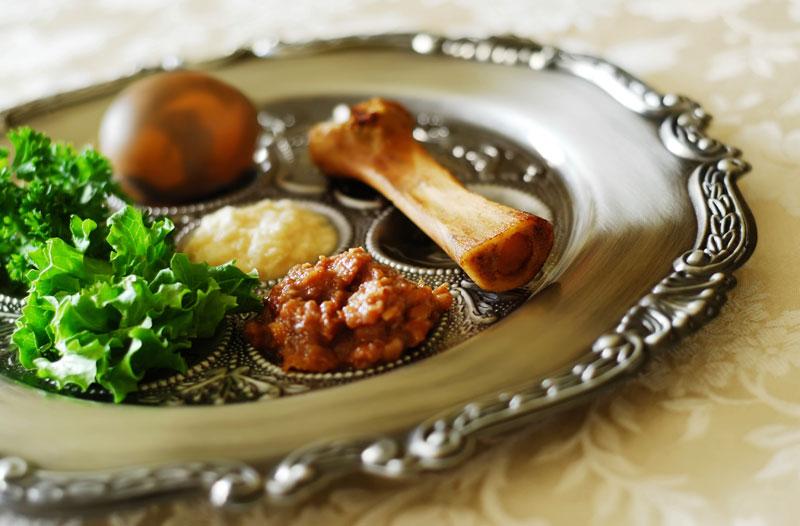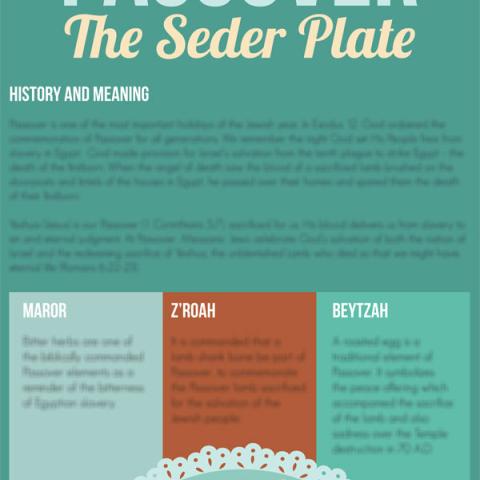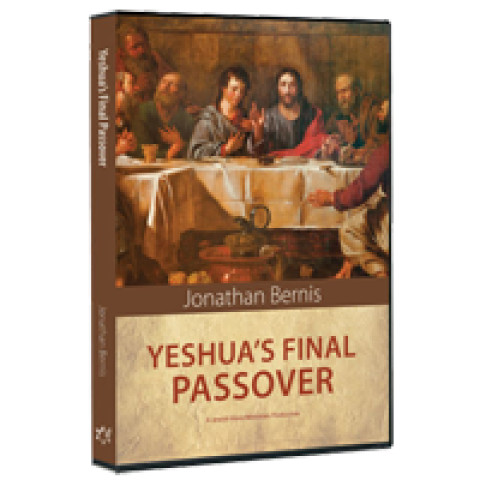
On the eve of Israel’s deliverance from bondage in Egypt, the LORD said to Moses and Aaron, “This month shall be the beginning of months for you; it is to be the first month of the year to you.
Speak to all the congregation of Israel, saying, “On the tenth of this month they are each one to take a lamb for themselves, according to their fathers’ households, a lamb for each household...
You shall keep it until the fourteenth day of the same month, then the whole assembly of the congregation of Israel is to kill it at twilight.
Moreover, they shall take some of the blood and put it on the two doorposts and on the lintel of the houses in which they eat it.
They shall eat the flesh that same night, roasted with fire, and they shall eat it with matzah (unleavened bread) and maror (bitter herbs).
Get the Passover Infographic
This enlightening infographic will teach you the meaning of the Passover seder plate, the elements to include and the significance behind them.
Now you shall eat it in this manner: with your loins girded, your sandals on your feet, and your staff in your hand; and you shall eat it in haste—it is the LORD’s Pesach (Passover).
For I will go through the land of Egypt on that night, and will strike down all the firstborn in the land of Egypt, both man and beast; and against all the gods of Egypt I will execute judgment—I am the LORD.
The blood shall be a sign for you on the houses where you live; and when I see the blood I will pass over you, and no plague will befall you to destroy you when I strike the land of Egypt.
Now this day will be a memorial to you, and you shall celebrate it as a chag (feast) to the LORD; throughout your generations you are to celebrate it as a permanent ordinance” (Ex. 12:1–14).
Then Moses called for all the leaders of Israel and said to them, ‘When you enter the land which the LORD will give you, as He has promised, you shall observe this rite.
And when your children say to you, ‘What does this avodah (rite) mean to you?’ You shall say, ‘It is a Passover sacrifice to the LORD who passed over the houses of the sons of Israel in Egypt when He smote the Egyptians, but spared our homes.’” (Ex. 12:25–27)
Get Yeshua's Final Passover DVD
In this inspirational DVD, filmed on location in Jerusalem in the Upper Room, Rabbi Jonathan Bernis teaches us how to observe the rich traditions of the Passover Seder — just as Yeshua (Jesus) did with His disciples over 2,000 years ago, known as the Last Supper.
Jewish people worldwide memorialize this Pesach each year in early spring. The biblical ceremony which includes the matzah, maror, and of course the Pesach sacrifice itself, has been modified in Judaism to become what is commonly known as the Passover Seder (“order” or “service.”)
The traditional Passover Seder is performed according to the Haggadah, a special book that contains the order of service. The centerpiece of the Seder is the Seder plate containing six food items that each play a role in the telling of the story of Pesach. While the matzah is not found on the Seder plate, it does contain the maror. The sacrifice is represented by the z’roah, the lamb shankbone. Also found on the Seder plate is charoset, a mixture of apple, nuts, spice, and wine; maror, or horseradish; karpas, a green vegetable, often parsley; and beytzah (an egg.)
The Seder also includes the four cups of wine, which play a part in the telling. The Seder concludes with the traditional Passover wish, l’shanah haba’ah b’yerushalayim: Next Year in Jerusalem!





